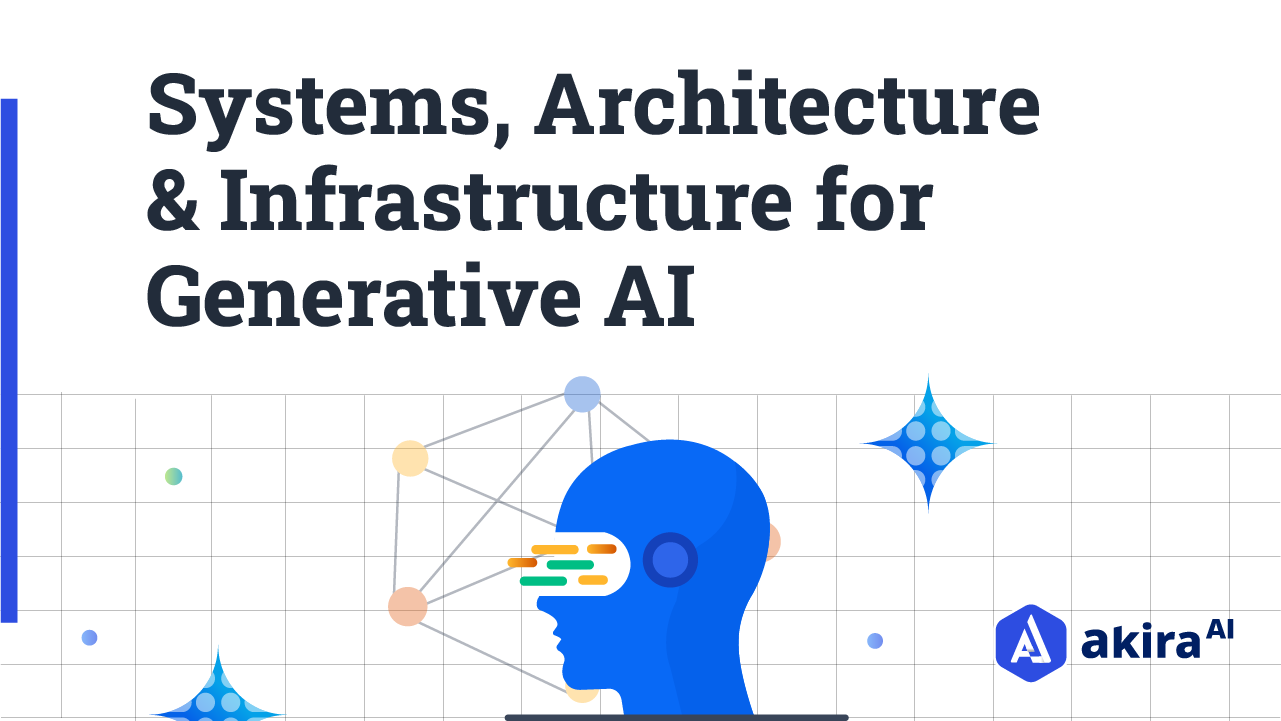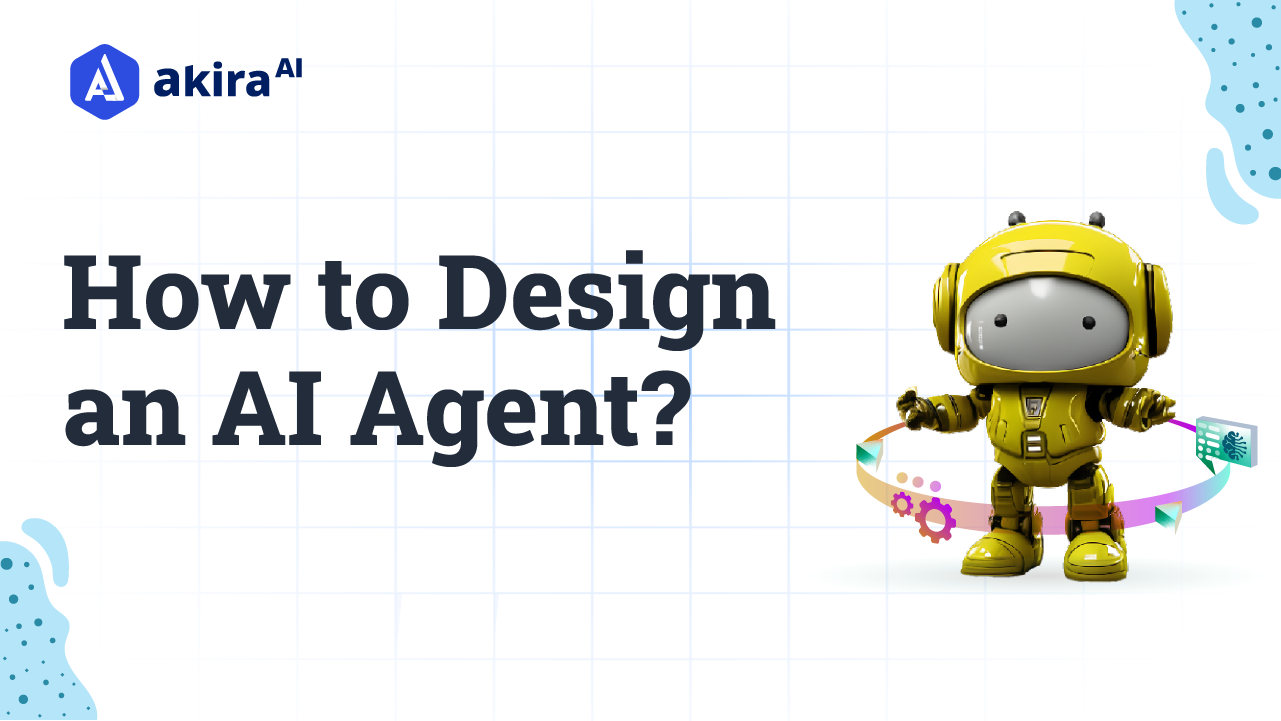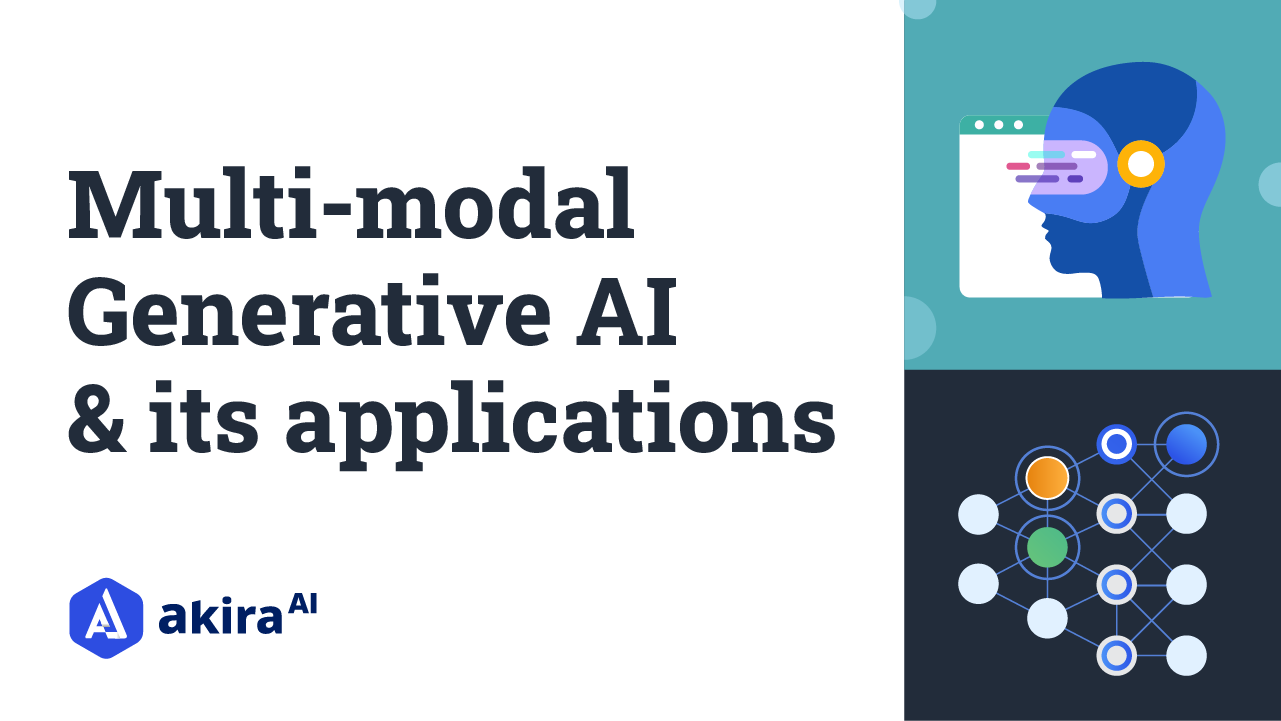Key Insights
Einstein SDR Agent autonomously engages with inbound leads, in natural language, to answer questions, handle objections, and book meetings for human sellers Einstein Sales Coach Agent autonomously engages in role-plays with sellers, simulating a buyer during discovery, pitch, or negotiation calls Accenture will leverage these agents to improve deal team effectiveness, scale to support more deals, and allow their people to focus their time and effort on the most complex deals

Introduction
Throughout history, it was widely believed that artistic and creative tasks, such as crafting poetry, fashion design, and composing music, were exclusive to human abilities. However, this paradigm has undergone a profound shift with recent advancements in artificial intelligence (AI), which can now generate virtually indistinguishable content from human craftsmanship.
Generative AI, a term for computational techniques capable of creating fresh and meaningful content, such as text, images, or audio, using training data, is transforming how humans work and communicate. Prominent examples like Dall-E 2, GPT-4, and Copilot
illustrate its widespread adoption. Generative AI is not limited to artistic endeavors; it also serves as an intelligent question-answering tool, aiding in information technology help desks, simplifying everyday tasks like cooking recipes, and offering medical advice. Reports suggest that Generative AI could boost the global GDP by 7% and replace 300 million knowledge worker jobs (Goldman Sachs, 2023). This seismic shift has significant implications for the Business and Information Systems Engineering community, presenting groundbreaking opportunities and the imperative to responsibly and sustainably manage technology.
Generative AI Systems
Any system is composed of interconnected elements that interact with one another. In the context of Generative AI systems, this encompasses not only the Generative AI model itself but also the underlying infrastructure, user-facing components, the way they handle different modalities, and the data processing involved, such as for prompts. To illustrate, consider integrating deep learning models like Codex into a more interactive system like GitHub Copilot, which enhances user coding efficiency. Similarly, Midjourney's image generation system utilizes an undisclosed X-to-image generation model that allows users to create images through Discord bots. In essence, Generative AI systems harness the power of their underlying mathematical models to provide interfaces for user interaction, augmenting their model-specific capabilities and making them more practical and usable in real-world scenarios.
Embedding deep learning models into Generative AI systems raises core concerns related to scalability (e.g., distributed computing resources), deployment (across various environments and devices), and usability (including user-friendly interfaces and intent recognition). The availability of open-source alternatives to closed-source proprietary models becomes increasingly crucial, and continuous model monitoring is needed to prevent unexpected performance deterioration.
Moreover, on the system level, various components can be integrated or connected to external databases with domain-specific knowledge or platforms. To address limitations like model cut-off dates and information compression, real-time information retrieval functionality can be added to Generative AI models, significantly enhancing their accuracy and relevance. Online language modeling further mitigates issues with outdated models by continuously training them on current data and informing them about recent events beyond their training cut-off dates.
Generative AI Architecture
The architectural components of Generative AI for enterprises may vary depending on the use case, but generally, it includes the following core components.
Data Processing
This layer collects, prepares, and processes data for Generative AI models. Collection involves sourcing data from various outlets, preparation includes data cleaning and normalization, feature extraction identifies crucial data patterns, and the model is trained with processed data. Tools used depend on data types.
Collection: Data is gathered from sources like databases, APIs, and websites, stored using connectors (e.g., JDBC), web scraping (e.g., Beautiful Soup), and storage tech (e.g., Hadoop).
Preparation: Data cleaning tools (e.g., OpenRefine), normalization tools (e.g., Pandas), and transformation tools (e.g., Apache NiFi) are used.
Feature Extraction: Machine learning libraries (e.g., Scikit-Learn), NLP tools (e.g., NLTK), and image processing libraries (e.g., OpenCV) are employed for extracting relevant features.
This framework supports various enterprise use cases with adaptable tools and methodologies for data processing.
Generative Model
The Generative model layer plays a pivotal role in enterprise Generative AI, creating new content using techniques like deep learning, reinforcement learning, or genetic algorithms tailored to the specific use case and data type.
The Generative model layer typically involves the following:
Model Selection
Vital in the Generative model layer of Generative AI architecture, it hinges on factors like data complexity, desired output, and available resources.
Deep Learning Models: Commonly used for generating high-quality content such as images, audio, and text, employing CNNs, RNNs, and GANs, with TensorFlow, Keras, PyTorch, and Theano as popular frameworks.
Reinforcement Learning Models: Effective for tasks like autonomous vehicle behavior, they learn through trial and error, utilizing libraries like OpenAI Gym, Unity ML-Agents, and Tensorforce.
Genetic Algorithms: Evolve solutions for complex problems, improving over time; DEAP, Pyevolve, and GA-Python are notable libraries.
Other Techniques: Autoencoders, Variational Autoencoders, and Boltzmann Machines offer alternatives for high-dimensional or feature-rich data scenarios.
Model Training
Model training is a fundamental step in constructing a Generative AI model. It involves utilizing substantial relevant data and various tools, including TensorFlow, PyTorch, and Keras. The iterative adjustment of model parameters, known as backpropagation, optimizes its performance.
During training, the model's parameters evolve based on disparities between predicted and actual outputs until the loss function reaches a minimum.
Validation data, separate from training, ensures the model does not overfit and can be generalized effectively. This data assesses performance and may prompt adjustments to architecture or hyperparameters.
The process demands robust computing resources, with tool selection depending on data type and complexity. Common choices include TensorFlow, Keras, PyTorch, OpenAI Gym, Unity ML-Agents, and genetic algorithm libraries like DEAP. The choice of model hinges on specific use cases, with deep learning, reinforcement learning, and genetic algorithms among the techniques employed.
Feedback and Improvement
The feedback and improvement layer, a vital component of enterprise generative AI, focuses on enhancing the model's accuracy and efficiency. Its effectiveness hinges on feedback quality and optimization techniques. User input gathered through surveys, behavior analysis, and interaction evaluation informs model optimization. Patterns and anomalies in generated data are identified using statistical analysis, data visualization, and machine learning tools. Optimization techniques encompass hyperparameter tuning, regularization (e.g., L1, L2), and transfer learning, fine-tuning pre-trained models for specific tasks. This iterative process ensures the model evolves to meet user expectations, enhancing performance and efficiency.
Deployment and Integration
In enterprise Generative AI architecture, the deployment and integration layer holds significant importance. It necessitates meticulous planning, testing, and optimization to seamlessly incorporate the generative model into the final product, ensuring it delivers high-quality, precise outcomes.
Hardware requirements vary depending on the use case and data size, ranging from CPUs, GPUs, to TPUs in cloud-based environments. Compatibility with other system components, achieved through APIs and integration tools, is crucial—scalability and optimization for performance round out this layer's priorities.
Monitoring and Maintenance
The monitoring and maintenance layer is crucial for ensuring the sustained success of the Generative AI system, with the right tools and frameworks significantly streamlining the process. This layer continuously monitors the system's behavior, making real-time adjustments to uphold its accuracy and efficiency. Key tasks encompass performance tracking through metrics like accuracy, precision, recall, and F1-score, swift resolution of issues that may arise, system updates to accommodate new data or changing requirements, and scaling to meet increased demand. Various tools and frameworks come into play, including monitoring tools like Prometheus and Grafana, diagnostic tools like PyCharm and Jupyter Notebook, update tools like Git and Jenkins, and scaling tools like AWS and Kubernetes.
Generative AI Infrastructure
To delve further into the technical foundation of Generative AI platforms, they can be categorized into five key areas: Hardware Infrastructure, Storage Systems, Software Infrastructure, Network Infrastructure, and Privacy and Security.
Hardware Infrastructure
Central Processing Units (CPUs)
Traditional choice for versatile computation.
Efficient for complex and general-purpose tasks.
Modern CPUs are multicore, enabling parallel processing, which is vital for AI workloads.
Graphics Processing Units (GPUs)
Originally for graphics rendering, it is now pivotal in machine learning.
Thousands of cores perform simultaneous computations.
NVIDIA's CUDA platform enhances GPU-AI integration, significantly speeding up model training.
Tensor Processing Units (TPUs)
Google's custom ASICs designed for TensorFlow.
Optimized for tensor computations core operations in neural networks.
Comprise Matrix Multiplier Unit (MXU) and Unified Buffer (UB) for high-speed processing.
Neural Processing Units (NPUs) and Field Programmable Gate Arrays (FPGAs)
NPUs, or AI accelerators, efficiently process AI algorithms in parallel.
FPGAs are configurable post-manufacturing and adapt to evolving AI and ML algorithms, excelling in tasks with high throughput and low latency.
Software Infrastructure
Software infrastructure plays a crucial role in facilitating efficient Generative AI platforms. Key components include:
Machine Learning Frameworks
TensorFlow: Developed by the Google Brain Team, it offers end-to-end open-source capabilities and supports multiple CPUs and GPUs for complex tasks.
PyTorch: Known for simplicity and GPU acceleration, it features tensor computation and deep neural networks.
Keras: Originally a user-friendly API, it now supports various backend neural network engines.
Containerization and Virtualization Tools
Docker: An open-source platform automating deployment, scaling, and management of applications through containers.
Kubernetes: Designed to automate deploying, scaling, and operating application containers, often using Docker images.
Distributed Computing Frameworks
Apache Hadoop: For data storage and application execution on commodity hardware, offering vast storage and processing capabilities.
Apache Spark: A unified analytics engine for big data processing, with modules for SQL, streaming, machine learning, and graph processing.
Apache Flink: Provides powerful real-time data processing with fault tolerance and scalability, supporting event processing, analytics, machine learning, and graph processing.
Database Management Systems
NoSQL Databases: MongoDB, Cassandra, and others, designed for flexible, scalable data management.
SQL Databases: MySQL, PostgreSQL, and Oracle Database, efficient and reliable for structured data.
Model Serving and Deployment
TensorFlow Serving: A high-performance serving system tailored for machine learning models.
Kubeflow: A free, open-source platform for machine learning pipelines on Kubernetes.
Code Repositories and Version Control Systems
GitHub: A Git repository hosting service with a web-based interface.
GitLab: A web-based DevOps tool offering Git-repository management, wiki, issue tracking, and continuous integration features.
When combined effectively, these components empower developers to construct, train, deploy, and manage advanced Generative AI models seamlessly.
Networking Infrastructure
Networking infrastructure, comprising routers, switches, and networking software, plays a pivotal role in AI workloads, especially in distributed computing setups requiring rapid data transfer
between multiple machines. InfiniBand, known for high throughput and low latency, is commonly employed, while Ethernet finds widespread use in data center environments. Each component significantly impacts the performance and efficiency of Generative AI platforms, with hardware choices tailored to specific AI workload requirements, including data volume, model complexity, and real-time processing needs.
Storage Systems
AI platforms demand robust storage systems capable of efficiently handling extensive data volumes and delivering high-speed data access. These systems typically incorporate solid-state drives (SSDs), hard-disk drives (HDDs), dynamic random-access memory (DRAM), and flash storage technologies. Modern AI applications often employ distributed storage systems and data centers to manage the extensive data necessary for AI model training. These systems must be engineered to accommodate high I/O operations and incorporate data recovery and redundancy provisions to ensure data integrity and availability.
Privacy and Security Considerations
Given the substantial data volumes in Generative AI, prioritizing privacy and security is imperative. Measures include data encryption, secure access protocols, and adherence to regulations like GDPR and CCPA. Differential privacy methods introduce noise into training data, thwarting individual data extraction. Federated Learning facilitates AI model training across decentralized devices, preserving data on the original device and bolstering privacy.
Conclusion
Generative AI technology empowers machines to create content, designs, and ideas autonomously through advanced neural networks that learn and adapt to new data inputs. For enterprises, this offers immense potential: automating complex processes, optimizing operations, and personalizing customer experiences, leading to cost savings, efficiency improvements, and revenue growth. To unlock Generative AI's full potential, enterprises must grasp its architecture, encompassing diverse Generative models like GANs, VAEs, autoregressive models, and training algorithms. This knowledge enables informed model selection, system optimization, scalability, security, and reliability for enterprise-grade applications. It also keeps businesses abreast of AI trends and fosters adaptability in a dynamic market.


